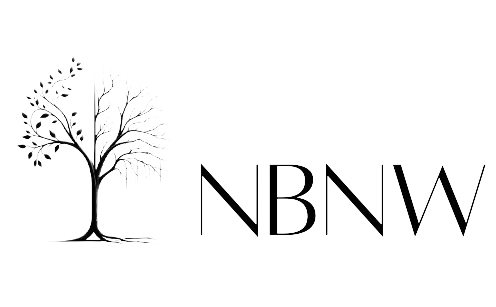

By Isha - Jun 04, 2025
The European Union approves 13 new strategic raw material projects outside its borders to reduce dependency on single-source suppliers, particularly China. Projects in various countries focus on essential minerals for green transition and defense sectors, with an estimated investment of €5.5 billion to achieve ambitious targets by 2030. Greenland's inclusion highlights its significance in the global raw materials landscape, amidst geopolitical tensions and export restrictions. EU emphasizes sustainable practices and economic security through partnerships and diversified sources.

Ilmenite is found in alluvial placer deposits at the Thule Basin in the North-West of Greenland via iStock/MortenChr
LATEST
On June 4, 2025, the European Union announced the approval of 13 new strategic raw material projects located outside its borders, aiming to strengthen the bloc's supply chains for critical minerals essential to its green transition, defense, and aerospace sectors. This initiative is part of the EU's broader strategy to reduce dependency on single-source suppliers, particularly China, which currently dominates global processing of key materials.
The selected projects span various countries, including Greenland, Canada, the United Kingdom, Norway, Kazakhstan, Serbia, Ukraine, Brazil, Zambia, Madagascar, Malawi, South Africa, and the French territory of New Caledonia. These ventures focus on extracting and processing vital minerals such as lithium, cobalt, manganese, graphite, rare earth elements, tungsten, and boron. Notably, ten of the projects are centered on materials crucial for electric vehicle batteries and energy storage systems.
Under the Critical Raw Materials Act, enacted in May 2024, the EU has set ambitious targets to mine 10%, process 40%, and recycle 25% of its raw material needs by 2030. The newly approved projects are expected to play a significant role in achieving these goals. The total estimated investment required for these projects is approximately €5.5 billion, with coordinated support from the European Commission, member states, and financial institutions to facilitate financing and partnerships.
Greenland's inclusion in the list underscores its growing importance in the global raw materials landscape. The island possesses significant deposits of rare earth elements and other critical minerals, making it a focal point for both the EU and other global powers seeking to secure alternative sources. However, Greenland's challenging environment and infrastructure limitations pose hurdles to large-scale mining operations. The EU's move to diversify its raw material sources comes amid geopolitical tensions and recent export restrictions imposed by China on rare earth magnets, which are vital components in various high-tech applications.
By establishing strategic partnerships and investing in projects across different regions, the EU aims to enhance its economic security and support the development of local value chains in partner countries. While these initiatives mark a significant step toward securing critical raw materials, they also raise concerns about environmental impacts and the need for transparent, sustainable practices. The EU emphasizes that the selected projects must adhere to stringent environmental, social, and governance standards, ensuring mutual benefits for both the EU and the host countries.